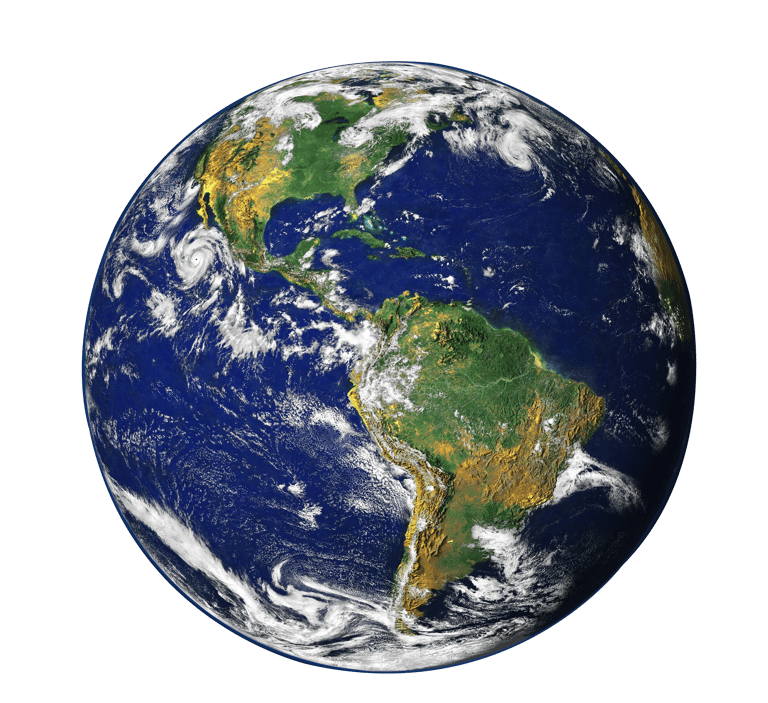A Historic Moment: President Barack Obama's Visit to Cuba
U.S. President Barack Obama visited Cuba in March 2016. The visit marked the first time a sitting U.S. president had visited Cuba since 1928.
UNITED NATIONS,POLITICS
global n press
3/18/20161 min read


The Significance of Obama's Visit to Cuba
In March 2016, U.S. President Barack Obama made a landmark visit to Cuba, marking the first time a sitting U.S. president had traveled to the island nation since Calvin Coolidge's visit in 1928. This visit was not only significant due to its historical context but also because it represented a pivotal moment in U.S.-Cuba relations. The trip sought to solidify the growing relationship between the two nations following the Cuban thaw that began in late 2014.
A Step Towards Normalization
The purpose of Obama’s visit extended beyond diplomatic niceties; it symbolized a remarkable shift in the long-standing policies of isolation that the United States had adopted toward Cuba for decades. The thawing of relations spearheaded by the Obama administration aimed to foster dialogues, promote tourism, and encourage economic opportunities between both countries. During his visit, Obama emphasized the need for mutual understanding and cooperation, indicating a clear departure from previous policy stances that largely viewed Cuba through a lens of antagonism.
Embracing Change: The Future of U.S.-Cuba Relations
Obama's historic trip reinforced the idea that engagement, rather than isolation, could lead to positive change in relations with Cuba. This visit opened a new chapter in diplomacy, suggesting a future where collaboration might overshadow historical disputes. The administration aimed to dismantle barriers and promote people-to-people exchanges, highlighting the benefits of a united front. Obama’s address in Cuba was infused with hope, urging both nations to continue moving toward normalization and understanding.
The implications of Obama's visit were profound, as it not only championed the path of reconciliation but also ignited discussions surrounding trade, cultural exchanges, and potential partnerships. The visit is remembered as a hallmark of diplomatic progress, ensuring that the legacy of engagement continues to resonate in the political landscape of both the United States and Cuba.




